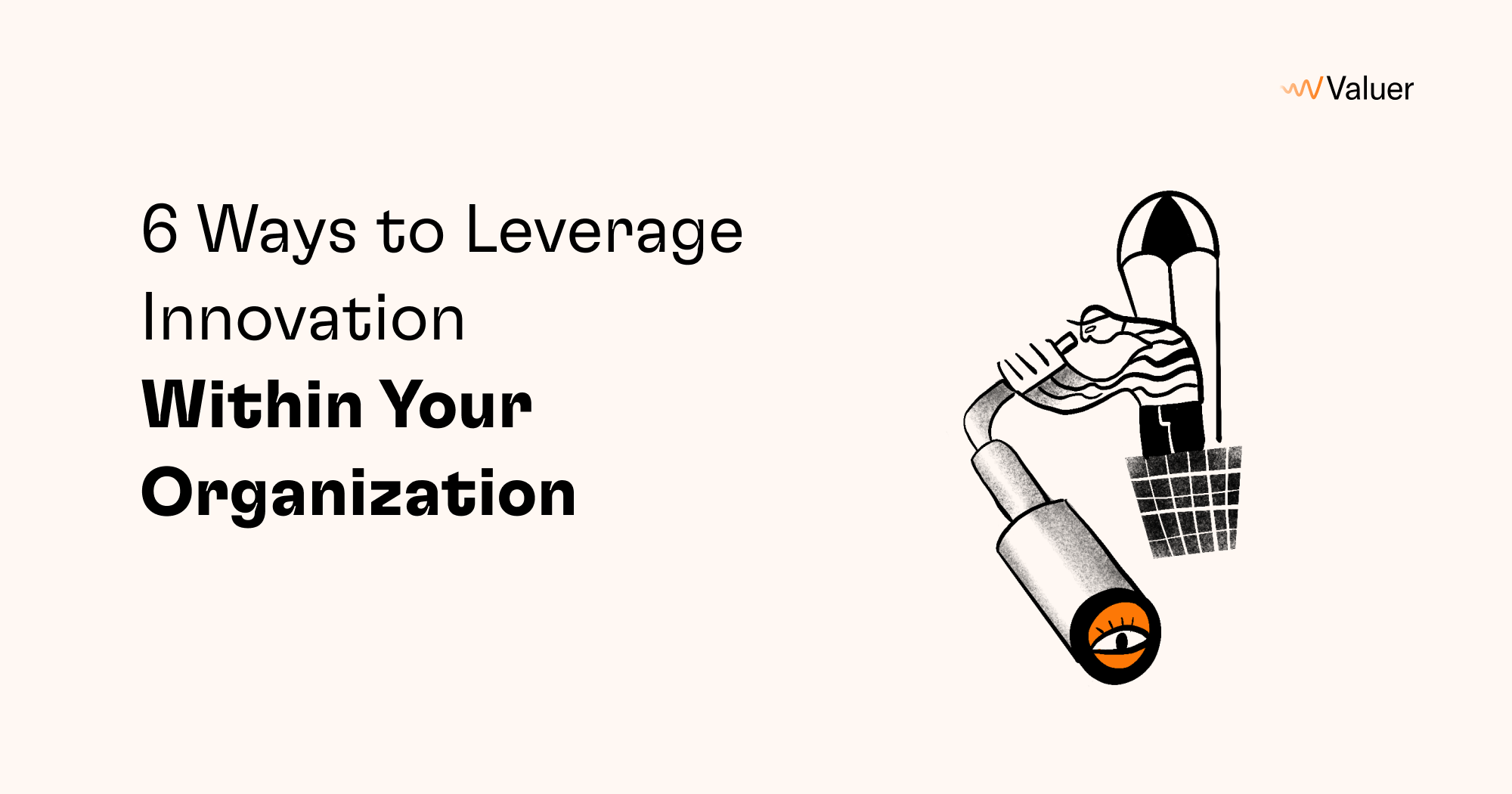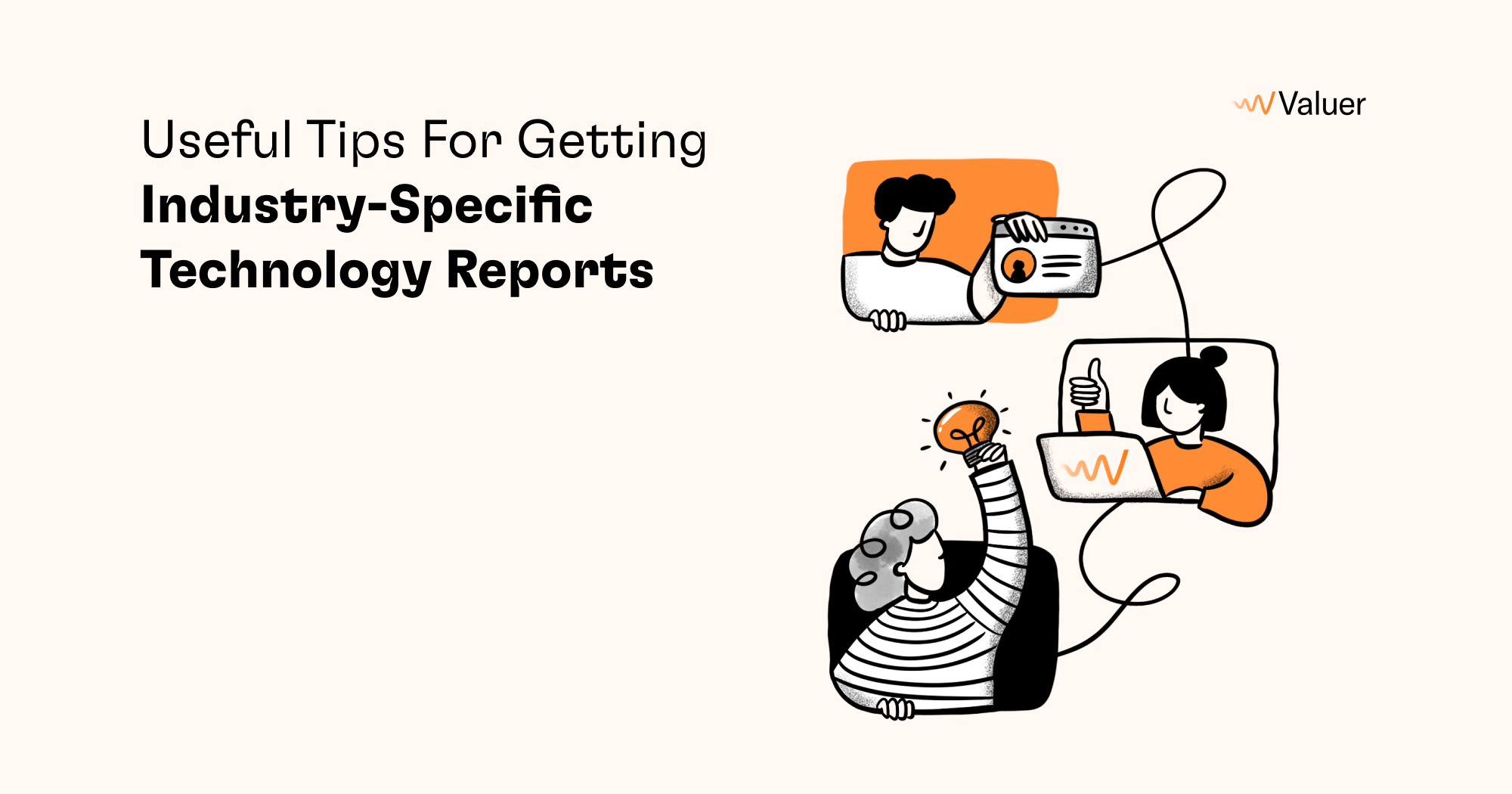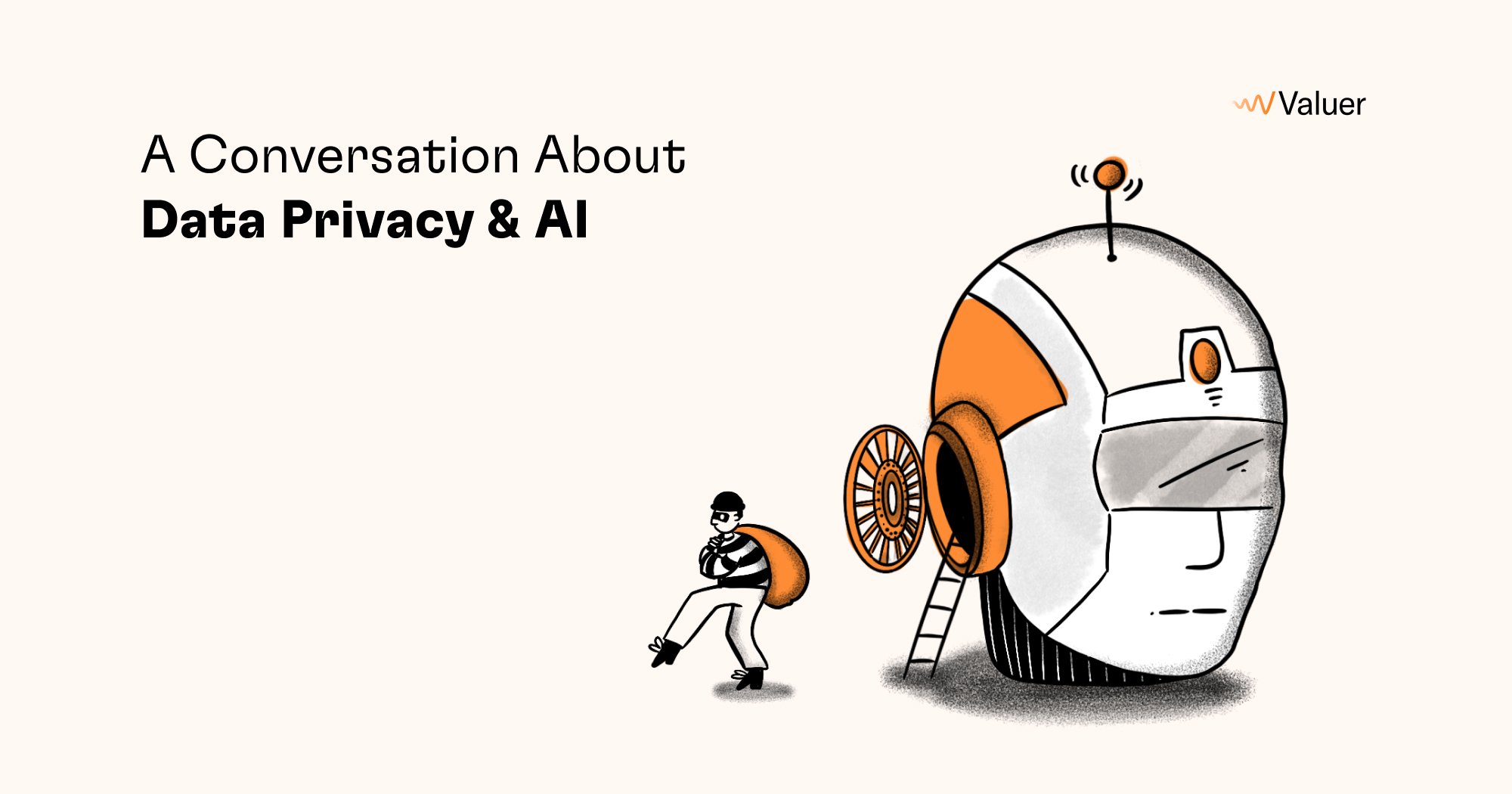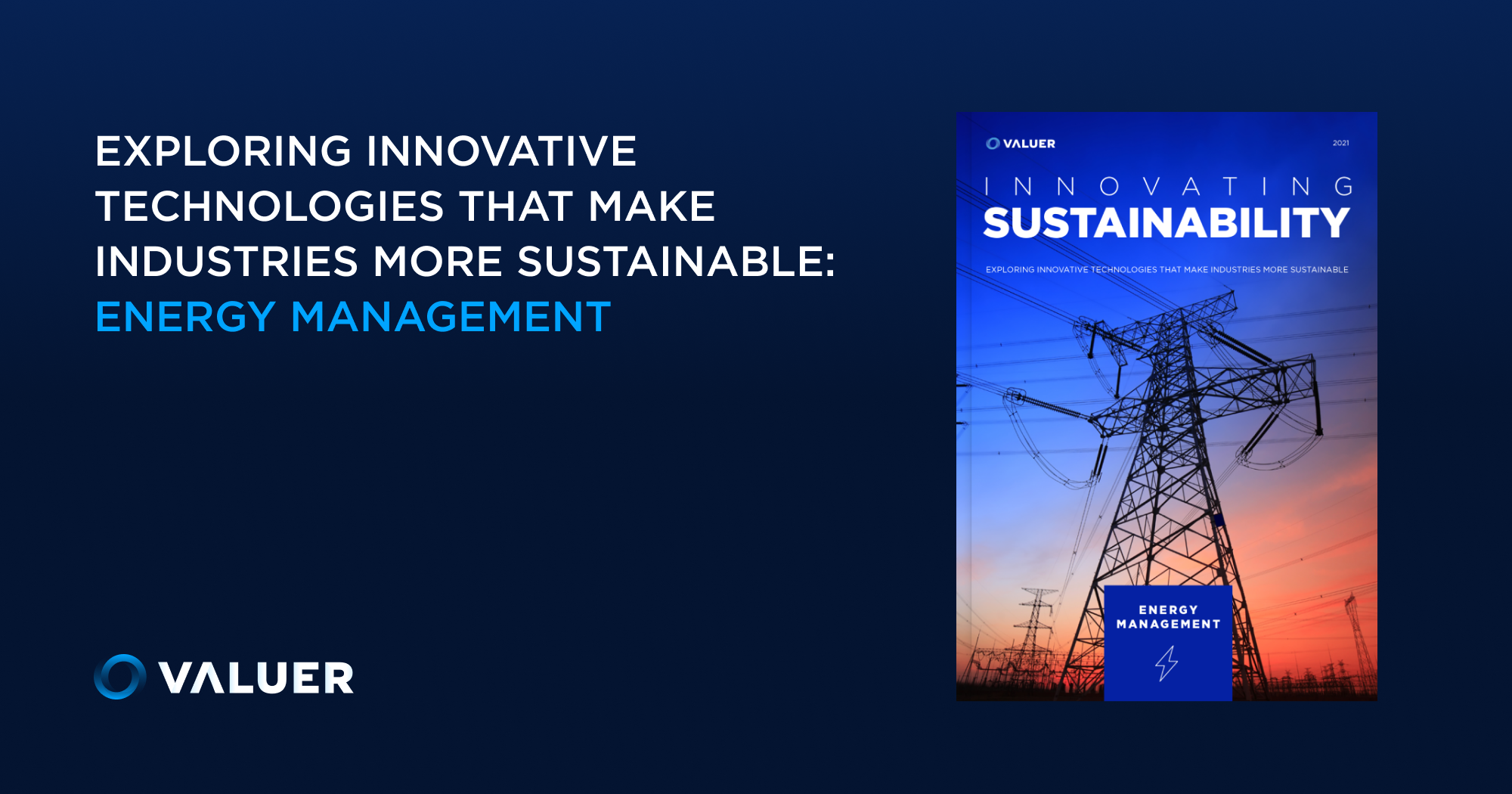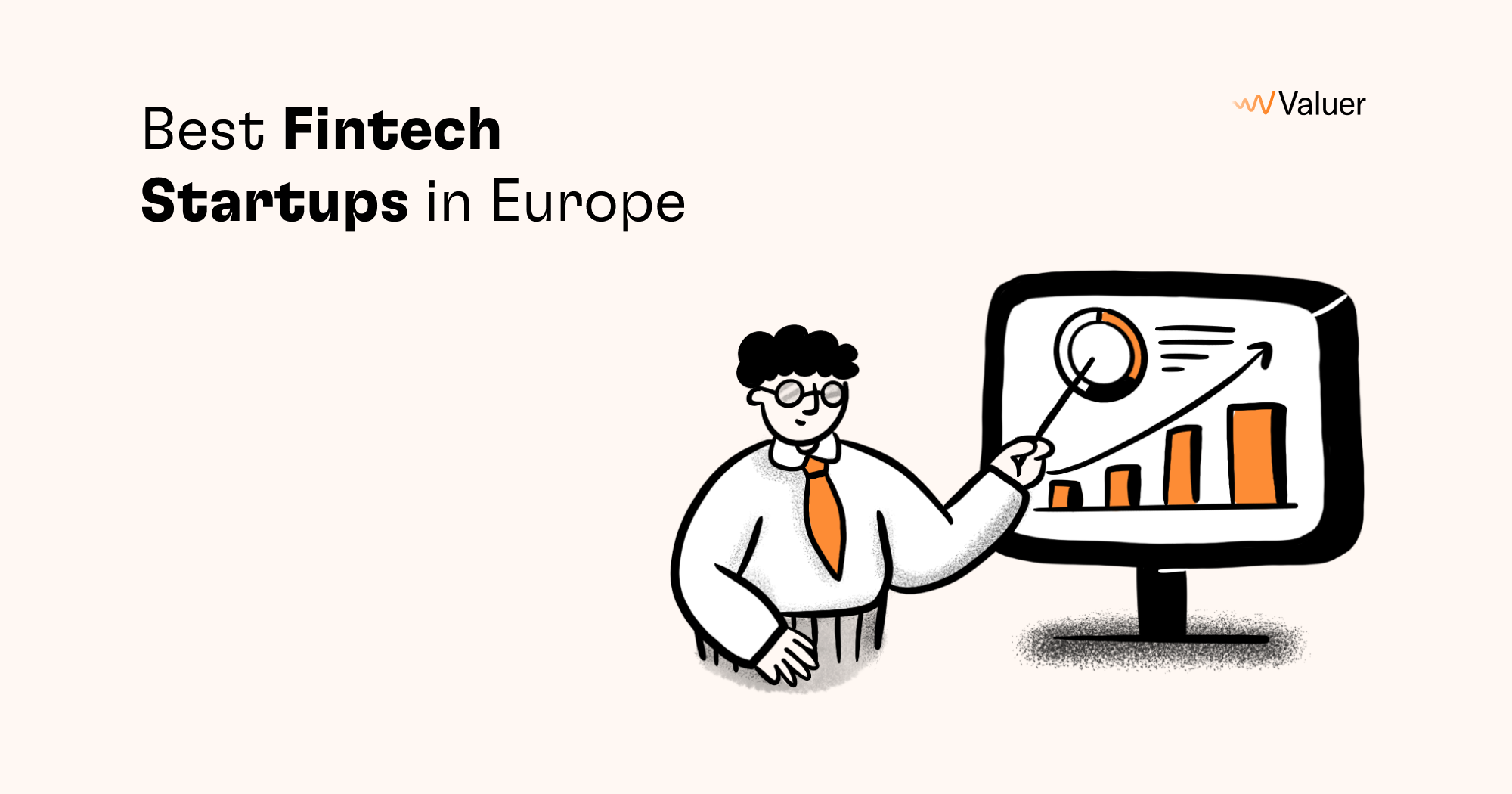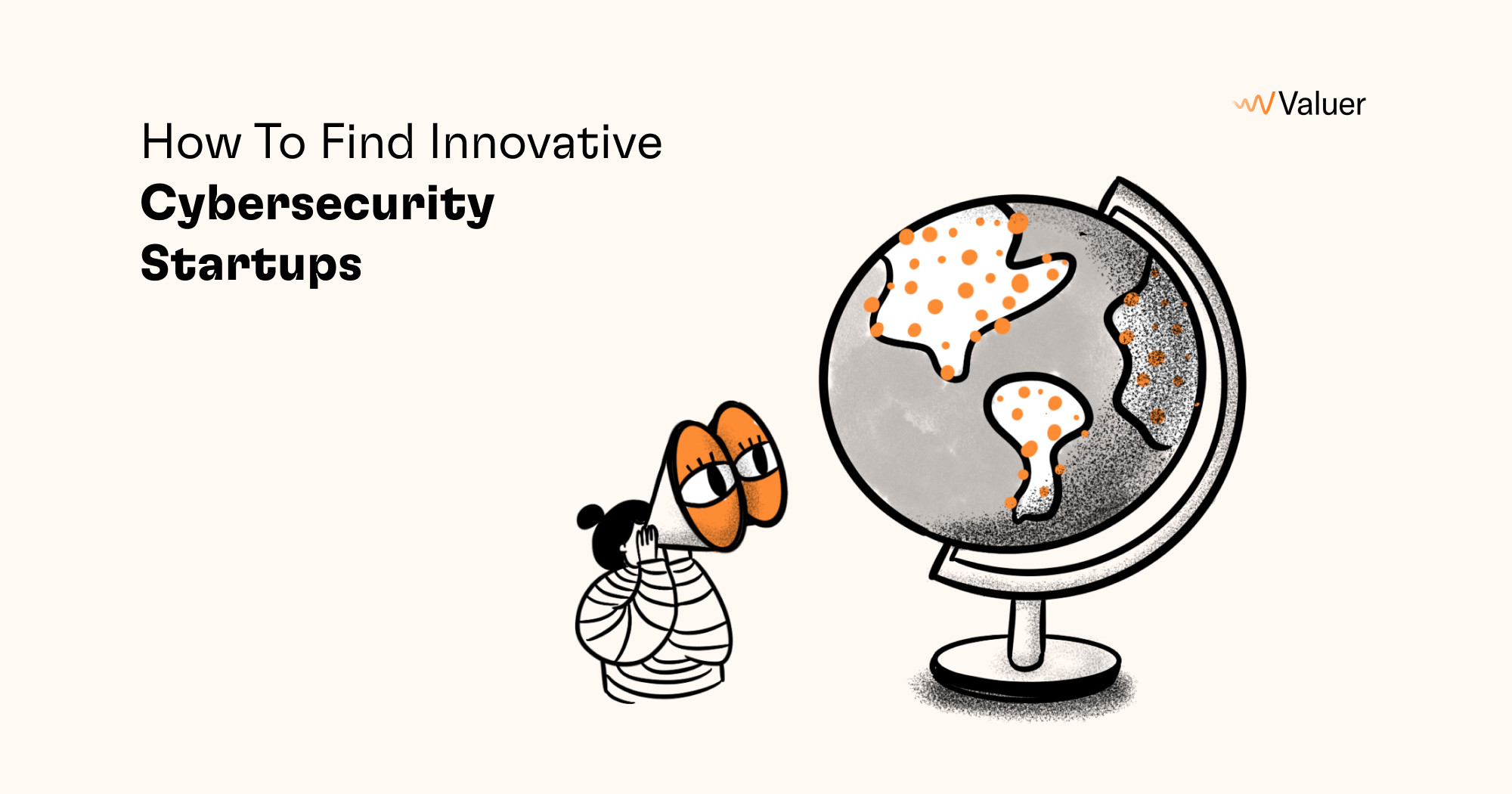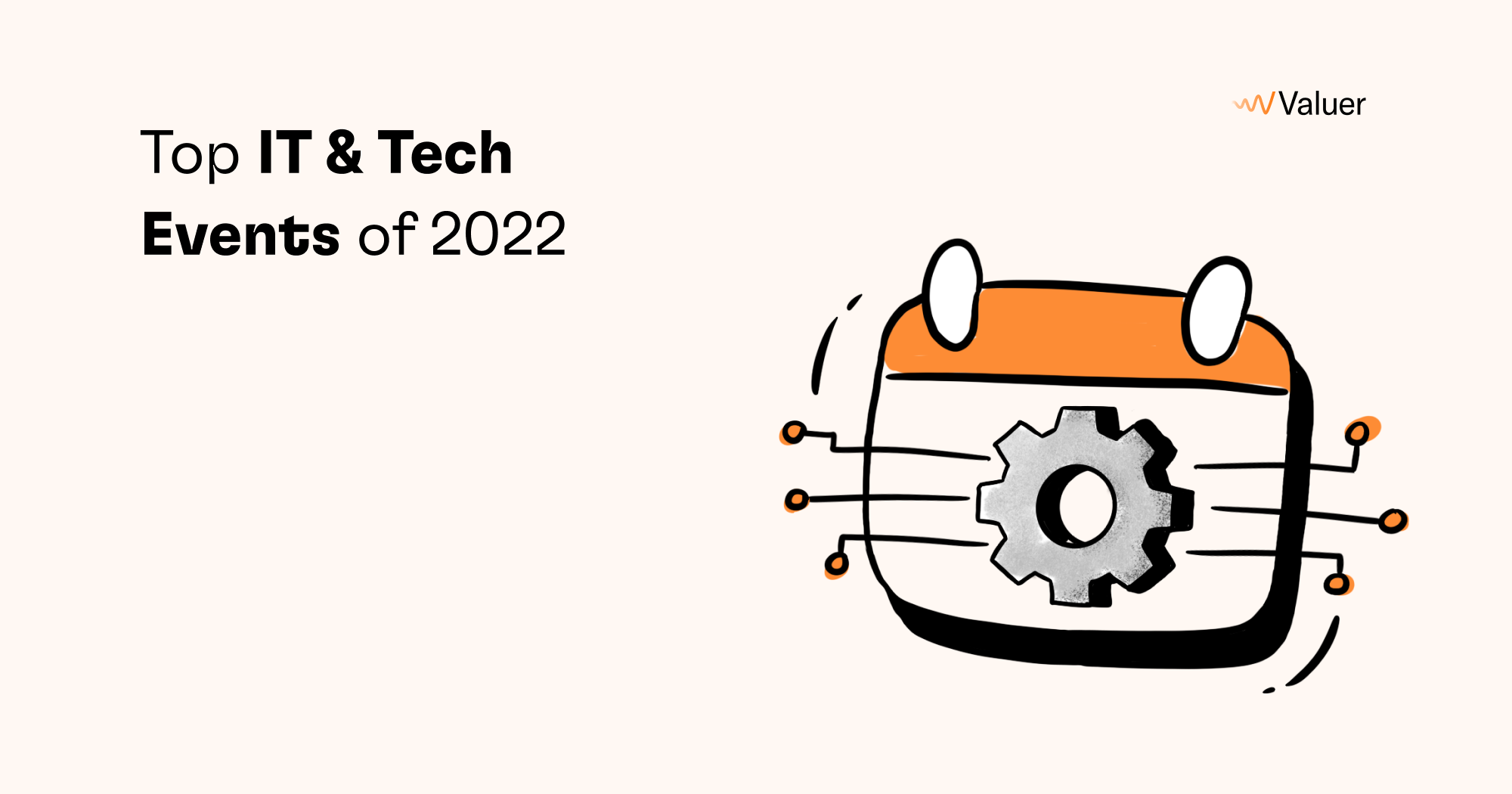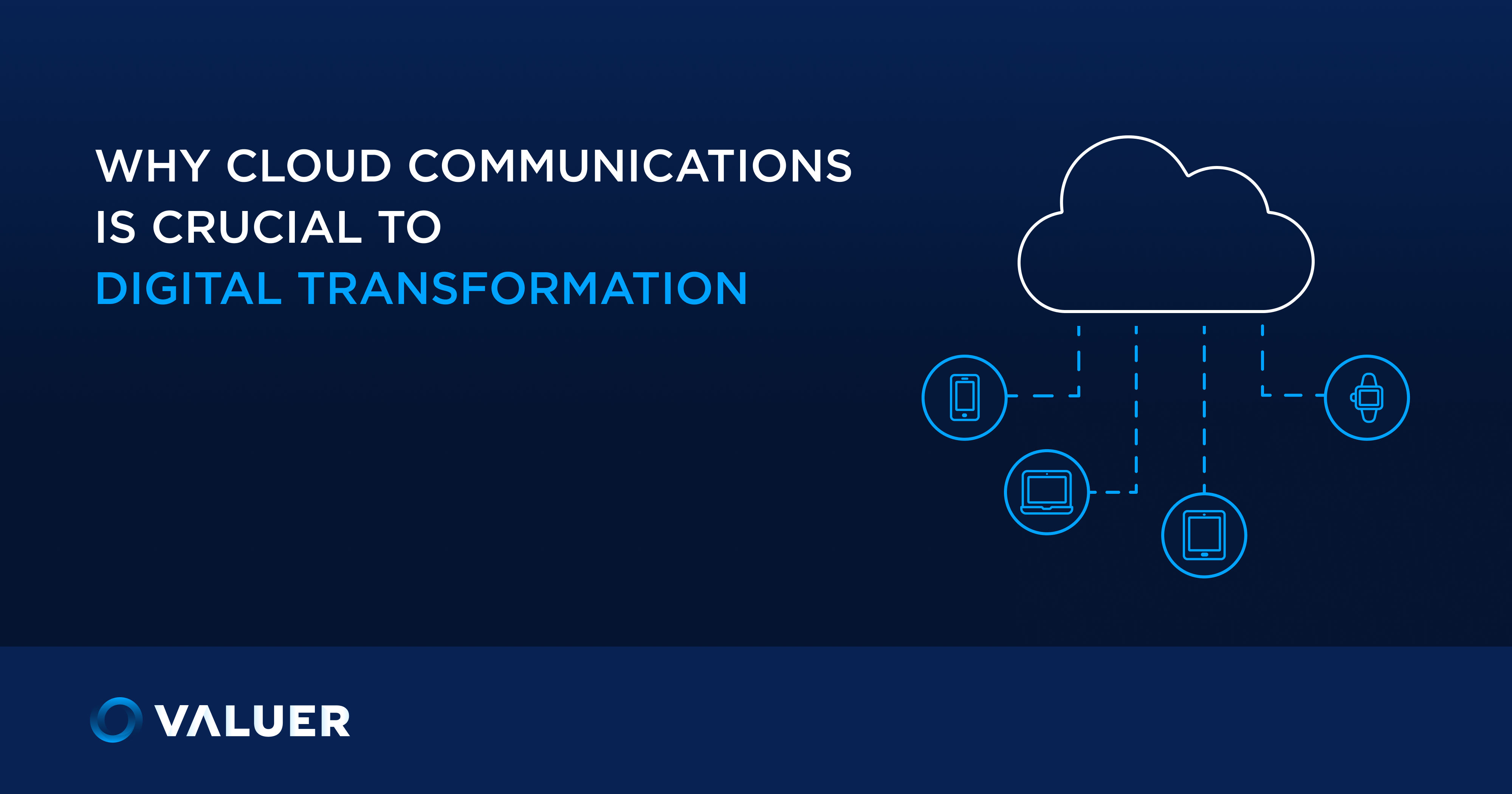*Updated October 2022
New era for energy
The energy sector is undergoing a massive technology transformation that is set to move the boundaries of the conventional energy supply channels. The new wave of technology is presenting viable solutions with capacity to maximize the amplitude in which we utilize natural sources, rather than traditional fossil fuels. You can find out all you need to know about tech trends in 2022 here.
These novel opportunities present smart and data-driven solutions that stimulate creation of smart infrastructure, with in-built digital intelligence that is influencing the approach and understanding on how energy is generated, distributed, managed with, and stored.
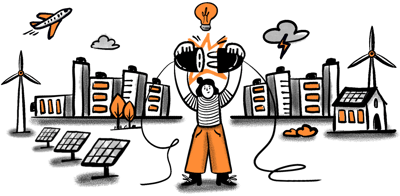
Worrying forecasts on climate change and its impact have exerted great influence on consumers to rethink their energy sources and lean towards sustainability. Renewable energy supply is associated as the most sustainably-viable solution, with capacity to not just reduce the footprint, but also the cost of energy utility.
Consumers’ tendency towards renewable energy supply has lit a fire under the wider energy sector and imposed a pressuring demand for new regulatory standards that will address the environmental input. These urging demands have indubitably contributed for the wider energy sector to adopt digital policies that harness data and generate smart solutions in the right directions.
Following this pace, major companies such as Google, Facebook and Apple have also made alterations in their energy consumption habits. The tech trio has transitioned to renewables and are vying to become 100% renewables-reliant.
In 2020, for the fourth year in a row, Google purchased enough renewable energy to match 100 percent of their annual global electricity consumption. This large-scale procurement of solar and wind power made Google the world’s largest corporate buyer of renewables energy, with more than 50 long-term contract commitments under their sleeve.
These tech giants are not the only ones taking initiative in the “100% renewable” direction. There is a global campaign, called “RE100”, that commemorates businesses in their commitment towards 100% renewable energy usage. The initiative is led by The Climate Group in collaboration with CDP, and to date, consists of 378 companies aspiring to deliver on the eco-shift, including Ingka Group (formerly IKEA Group), Starbucks, and Johnson & Johnson.
However, there are energy trends making an appearance that stimulate debate around smaller consumer constituents, and the impact their habits can induce. One trend that tackles the context in question is the “prosumer model”.
The emerging “Prosumer Model” and its premise
The contemplation over efficient energy usage and consumer habits have resulted in creation of a new consumer model, called “prosumer” which reflects a phenomenon where customers both produce and consume energy, whilst existing beyond direct subsidy.
Prosumption is being advocated within the European Union, with campaigns seeking to promote its adaptation across the member states. The EU’s Renewable Energy Directive II refers to the “renewable self-consumer” as a customer that operates within its premises, who generates renewable electricity for its own consumption, and as such, may store and sell self-generated renewable electricity. In the category of prosumer fall household, commercial and industrial parties who produce, self-consume and modulate their utilization of renewable energy.
Prosumers are considered as a highly-impactful factor towards overcoming the intermittency challenges of renewable energy-generating systems.
“By modulating their consumption through demand response or storing energy - either in the form of stationary batteries or through other vectors including heat or EVs - prosumers can help to overcome the issues of variability inherent in wind and solar. Prosumers may also earn additional revenue through ancillary services to system operators in the form of frequency response, reserve services and grid balancing – all increasingly necessary as renewables proliferate,” is stated in a 2019 research paper by Donal Brown, Stephen Hall, and Mark E. Davis.
Additionally, the paper discloses that by using electricity that has been generated on site, close to the point of generation or at the distribution network level, prosumers help evade utilization of electricity transmission and distribution network infrastructure. Ultimately, this eliminates the need for expensive grid reinforcement.
Despite this potential, the phenomenon faces significant obstacles before coming into realization. Many regulatory barriers, as well as a range of technical obstacles are standing challenges for the model to be effectively captured and enforced.
In spite of all that, it’s encouraging to see that alternatives that target individual consumer patterns are being discussed as potential policies.
Innovation that triggered the creation of energy 4.0
Industry 4.0 is a term that represents the digital transformation in manufacturing which marked the “fourth industrial revolution”. Automation and data heavily influenced the approaches taken in production, thus elevating the efficiency within factory environments.
Having the capacity to just as drastically transform the energy sector, innovative technology has penetrated the energy sector, and stamped the inception of “Energy 4.0” or the digital revival of the industry.
Seeing the potency of innovative technology within other industries, the energy sector didn’t hesitate to adapt emerging tech-trends including Internet of Things (IoT), Big Data, Blockchain, Machine Learning, Cloud Computing and the highly spoken, Digital Twin technology.
The said technology has reinvented the manners in which energy and utility companies conduct business, engage with their customer masses and interact with them. On a technical level, it has highly enhanced the operation flow and the performance optimization, and has contributed towards building smart grids, better managed renewable energy, and cohesively distributed generation.
As a result, these tech adaptations have triggered a new wave of solution propositions in ways to integrate the technology and its supporting systems within (new) business strategies and models.
“Simultaneously, hardware manufacturers and software development companies have been gathering experience in creating and integrating business-driven solutions with huge corporate systems, with an emphasis on internal reliability and ecological safety. As of now, with costs decreasing and technologies growing at an exponential pace, digitalization presents opportunities for Energy 4.0 companies to establish new business models and sustainable strategies of producing and delivering energy” – is stated in a research study conducted by MobiDev.
IoT and its changes
In the past decade, the concept of IoT and its capabilities have been widely discussed. This smart “network of physical devices”, including sensors, electronics, actuators and connectivity assets allow the integration of the physical world with computer systems.
In terms of Energy 4.0, the term refers to the adaptation of technology such as Big Data, AI, and Machine Learning to exploit sensor data, automation and the interaction between machines (M2M) to improve the operational performance.
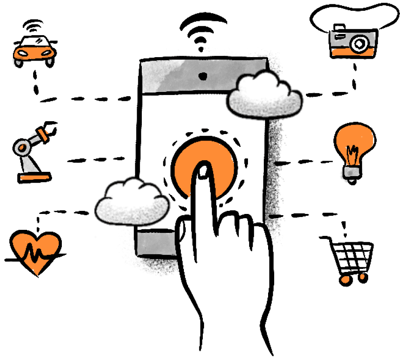 In regards to energy and the utilities management, the input of IoT tech is realized through an extension of capacity for collection, communication, as well as storage of large quantities of data, related to the generation, consumption and the transformation of energy inputs.
In regards to energy and the utilities management, the input of IoT tech is realized through an extension of capacity for collection, communication, as well as storage of large quantities of data, related to the generation, consumption and the transformation of energy inputs.
In addition, drones and IoT sensors are utilized to inspect the facilities and power lines. Other example includes smart grid meters that disclose up-to-the-minute data related to the demand for oil, has, water and electricity. Also, the market was introduced to pioneering IoT inventions that can monitor changes in temperature, moisture and vibrations, thus enabling timely prevention for equipment failures and ensuring human safety.
Deloitte emphasizes the integration of IoT within the energy sector as a motion towards an evolving grid, from a one-way system (centralized generation stations to consumers) to an “intelligent grid” (platform that can identify, accept and control decentralized production and consumption assets, thus channeling the power flow by need, in multiple directions).
“This intelligent grid builds on the industry’s innovative heritage of increasing interconnectedness using sensors, “smart” devices, and networked operations. Achieving it will require a myriad of technologies, including numerous IoT applications. At the heart of these advances are exponential technologies like sensors, robotics, and advanced analytics, which together form advanced, interconnected systems capable of quickly analyzing large amounts of data”
Many households worldwide currently own heat pumps, solar panels and wind turbines, decentralized assets that have become an integral part of the grid system. All these extensions greatly contribute to the energy mix, and with the emerging energy storage solutions, there’s a great opportunity for IoTs to enhance their operational stamina.
Gartner estimates that there are over 1.1 billion IoT devices in the world’s utilities grids, and this number is anticipated to grow exponentially, driven by the demand for renewables and more sustainably-prone energy sources.
The Blockchain Empowerment Within The Industry
Albeit being most frequent in financial services at the moment, blockchain applications are quite suited to regulate the networked infrastructure of the energy sector. With the upsurge of IoT, the industry is well underway to have its operations transformed into a sheer global network of connected devices, all sending digital data into a platform that can capture, analyze and share it in real time.
Among the most powerful asset features of a ledger technology is to provide transparency within a platform that executes and records transactions. In the same efficiency, it’s also suitable for tracking ownership as assets change hands numerous times before any settlement takes place. Blockchain technology enables transactions such as energy trading to be recorded and settled at the minute, without need for an intermediary and with little-to-no need for reconciliation as all parties are utilizing the same platform.
In an effort to enhance the transparency within the sector, blockchain can go a long way by allowing regulatory bodies to securely access tamper-proof, clean data at the source, whilst allowing companies to retain stern control over the availability of information and who’s allowed to access it.
“An important fringe benefit of using such a platform to share information with regulators is that it would create a standard data format for the industry, which is something that is simply unavailable at the moment,” states Deloitte.
Adding to these benefits, blockchain holds flexibility to its concept, which for renewable applications that are volatile-prone (like solar farms) can come very advantageous. Due to its dynamic nature, blockchain can easily cope with such variability, and from a financial aspect, this blockchain trade remains isolated from the utility, thus avoiding additional transaction fees from a central trader.
Smart contracts are another feature where blockchain has the capacity to ensure end-to-end delivery of energy in a simpler and more efficient manner. In the same scope falls the accountability for emission and the guarantee that the energy came from the sources recorded on the contracts.
Blockchain applications are still maturing within the energy sector. However, many market forecasts anticipate the technology to soon be developed with a more robust infrastructure to further strengthen the automation, security and auditability within the industry.
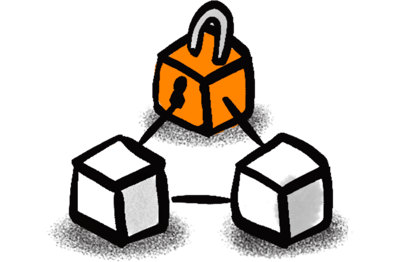 The "digital twin” tech phenomenon
The "digital twin” tech phenomenon
Digital twin technology is advancing rapidly, and is exponentially ranking up as an innovation trend. A digital twin is a digital representation, or an advanced duplicate that models a real-life object or process without replacing. By harnessing the information captured with an IoT system attached to its physical twin, the digital twin enables real-time monitoring of the KPIs.
“Digital twins have a dynamic data model containing data attributes of the actual physical asset. These attributes are associated with sensors that measure multiple variables to represent real-world operating conditions and key information such as the installation date or OEM. They incorporate simulations, data analytics, and machine learning capabilities to reduce the actual development time or to optimize asset performance,” explains Guidehouse Insights on the emerging technology.
The aspiration with the technology is to feed data into a machine learning system that can indicate and alert on potential failures, issues, and take preventive action (whenever circumstances allow).
A digital twin can be perpetually updated from multiple sources, that utilize sensors and continuous surveying to present its near-real-time status and operational condition. Furthermore, it enables companies to visualize the asset, conduct analysis, and have insight to predict and optimize the asset performance.
In the energy sector, the technology shows great potential to assist in numerous aspects, namely for real-time predictive analytics, demand response (DR) management, remote asset management, as well as for research and innovation.
Many business entities have started to pilot the technology within their operation. An example in point is Shell Chemicals. The company has piloted the technology on a large construction project in Pennsylvania to survey its under-construction plant with drones. Another case is Oman Gas that has developed a digitalized reliability and integrity program, to reduce human intervention and accelerate resource effectiveness.
[Related Article - Technologies that transformed the Healthcare & Biotech industry]
So far, the energy sector has shown utter willingness to embrace the digital twin technology, primarily to reduce costs and streamline maintenance and operations processes. Distinguished names within the sector have started to proactively seek partners that are fore-fronting the technology as product offering.
In that direction, Valuer.ai can provide assistance. Innovation Themes is a tool aimed to steer corporations on the right track in their partnership search, and help them analyze and prioritize new business opportunities. A significant point of interest for the corporations here is that they receive a unique technology landscape (cluster) on potentially relevant technologies, including the twin technology.
The future is renewable
Enabled by the digital transformation of the energy sector, we are well underway to see a future where social innovation will adopt renewables into smart grids and create clean and reliable energy sources.
Renewable energy sources are becoming a preferred choice among the consumers, which stimulates the energy sector to invest in more sustainably-sound innovations. Digital innovation presents greater opportunities for businesses, consumers, and society, as it encourages them to invest in sustainable energy solutions aimed to reduce costs and enhance the control over their energy usage, whilst aiding the environment.
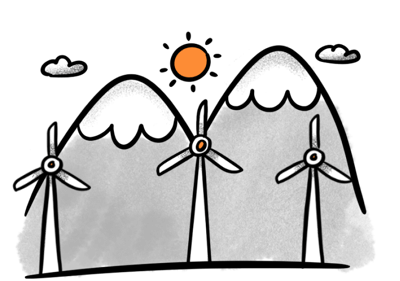 By providing more sustainable alternatives, the energy sector stimulates consumers to foster a culture for more environmentally-friendly adaptations and actively addresses the challenges of climate change.
By providing more sustainable alternatives, the energy sector stimulates consumers to foster a culture for more environmentally-friendly adaptations and actively addresses the challenges of climate change.
In an effort to bring greater exposure to the Sustainable Development Goals (SDG) and their effort to achieve a better and more sustainable future, Valuer writes monthly reports dedicated on a particular goal, its challenges, and the emerging technology that helps tackle them.
In the context of clean energy, Valuer has written an SDG report on aligning businesses with SDG 7 by establishing collaboration with startups. The report discloses types of technology the startups utilize and the approaches by which they incorporate it.
To accurately align business vision by collaborating with aspiring startups, Valuer.ai has developed a tool to aid corporations in spotting the selection of new business models. By harnessing matchmaking AI algorithms, we have developed a platform that connects corporations, accelerators, and investors with new technologies.
Based on the attributes and requests of a corporation or an investor, Valuer utilizes a vast amount of data and AI mechanisms to screen for compatible entities that match the client’s specific needs. Our platform leverages information, accumulated through qualitative research, to provide business entities with a carefully curated list of new business models that complement the requested profile.

